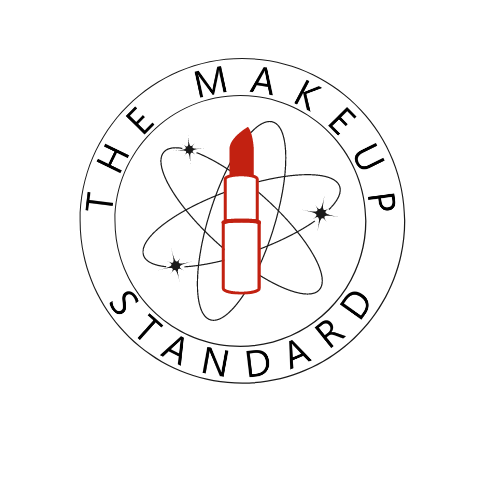Alcohols have a very high safety index, are readily available and easy to use. We recommend using a diluted isopropyl alcohol or ethanol alcohol solution. The guidance is supported by multiple peer-reviewed sources as well as the CDC, FDA and EPA. (see references below) While alcohol is not regarded as a disinfectant of all viruses, it is characterized as a sanitizer. However, it is capable of killing enveloped viruses, such as coronaviruses. The available literature cites high efficacy at denaturing viruses, including SARS-CoV-2, at a dilution range between 60% – 80% alcohol to 40% – 20% purified water. (see references below)
It is important to be mindful that the lower the percentage of alcohol, the less effective it will become, but remember 60% is still within the recommended guidelines of the CDC, FDA and EPA. It is incredibly important to be aware of the alcohol and percentage you choose and the speed in which it will evaporate. You must allow the dry time required to fulfill the alcohol’s efficacy. When the solution drops below 60% its effectiveness at sanitizing your workspace, tools or hands is diminished and requires a longer dwell time.
So, to wrap up, 60% – 80% alcohols are the range that is proven to be most effective for sanitation/sanitizing. 70% IPA is the median of this range recommended by the CDC, FDA and EPA. 60% IPA/ETA is used and recommended in consideration of the potential shortages in alcohols (due to SARS-CoV-2) as a minimum. There’s nothing wrong with using 60% IPA as long as you are aware of the length of dry time needed. It is also a level the NSVD is comfortable with in the safety precautions personally used in their labs.
References
See EPA registration numbers, 1677-249 and 10807-177, respectively https://www.epa.gov/pesticide-
Efficacy of ethanol against viruses in hand disinfection
http://www.fha.org/files/
Why is 70% Isopropyl Alcohol (IPA) a Better Disinfectant than 99% Isopropanol, and What is IPA Used For?
https://blog.gotopac.com/2017/
How to Clean Effectively for COVID-19 Using What’s Readily Available
https://www.contecinc.com/
Cleaning refers to wiping down surfaces to remove any visible dirt.
Disinfecting means using chemicals to kill germs you are trying to avoid.
Sanitizing is the act of cleaning and/or disinfecting to cut the number of germs on a surface or object.
So, in other words; when you are disinfecting, you are essentially sanitizing. The use of these terms can also be found by the CDC, “Sanitizing lowers the number of germs to a safe level as judged by public health standards. It can involve either cleaning or disinfecting” (or both).
References
University of Maryland Medical System
How to Properly Clean for Novel Coronavirus
https://www.umms.org/coronavirus/what-to-know/prevention-safety/protect/clean
Centers for Disease Control (CDC)
How to Clean and Disinfect Schools to Help Slow the Spread of Flu
https://www.cdc.gov/flu/school/cleaning.htm
One of our goals in starting The Makeup Standard was to create a space where health and safety information for makeup artists would be available for free! The knowledge we are sharing and learning from the NSVD Team is our focus.
We realize the frustration you may have in us for not endorsing and recommending brands/products. However, we feel it would diminish the effectiveness and intention of what we have created. If we can be paid, then we can be swayed. The Makeup Standard and its documents are a source of educational information. We implore every makeup artist to read thoroughly through everything we have to share and know with confidence we are doing it for you, and not to make a buck.
